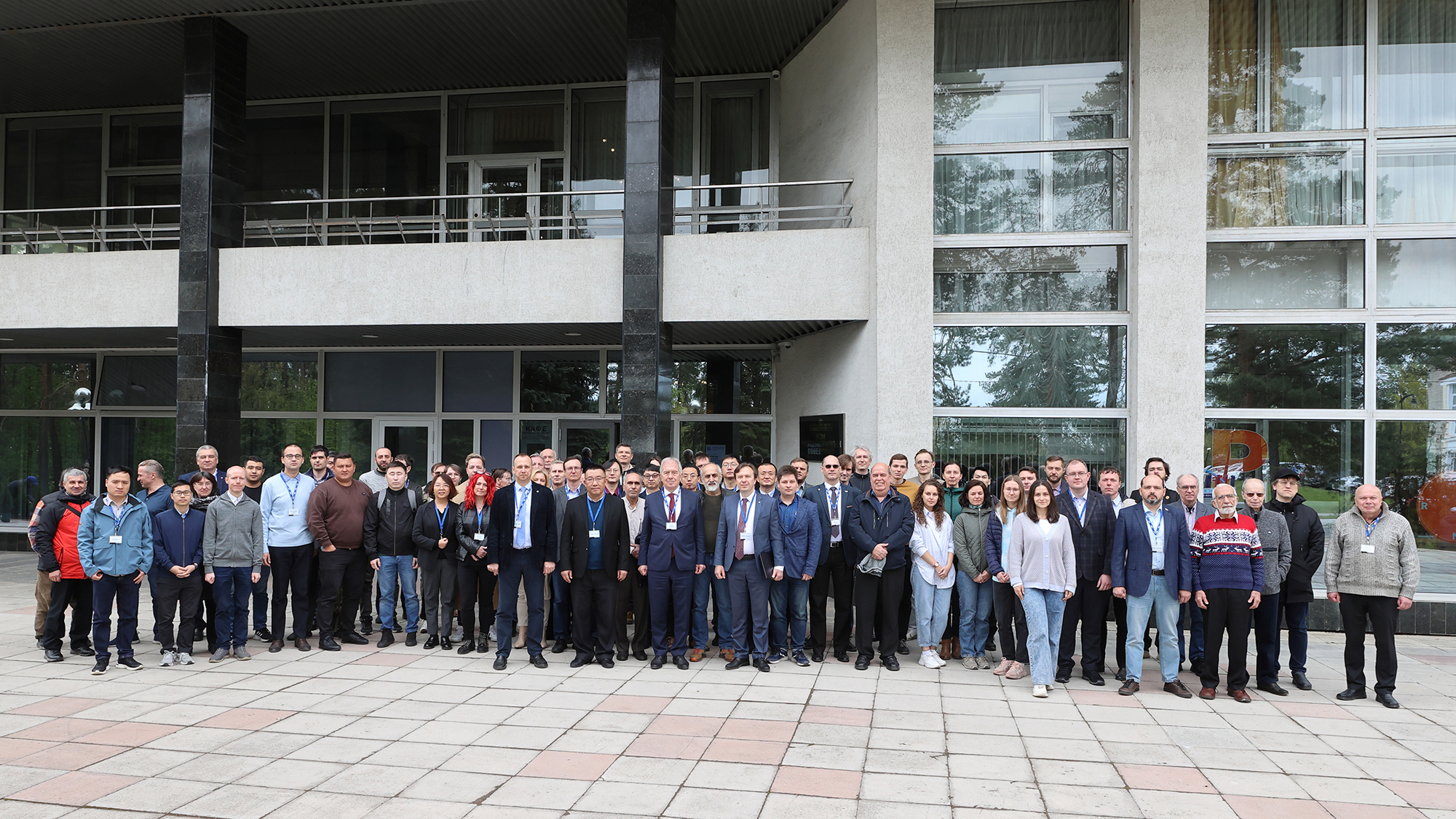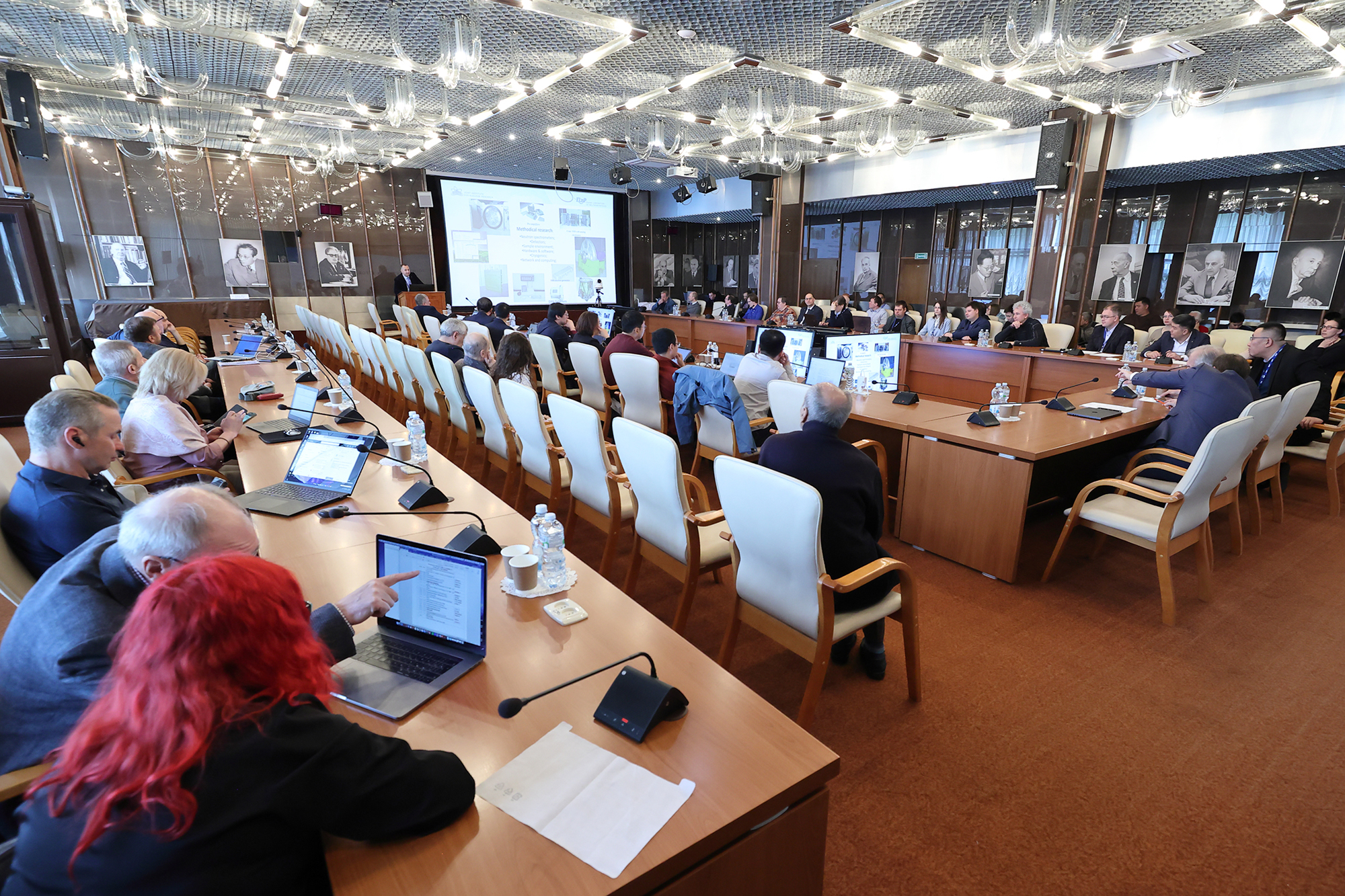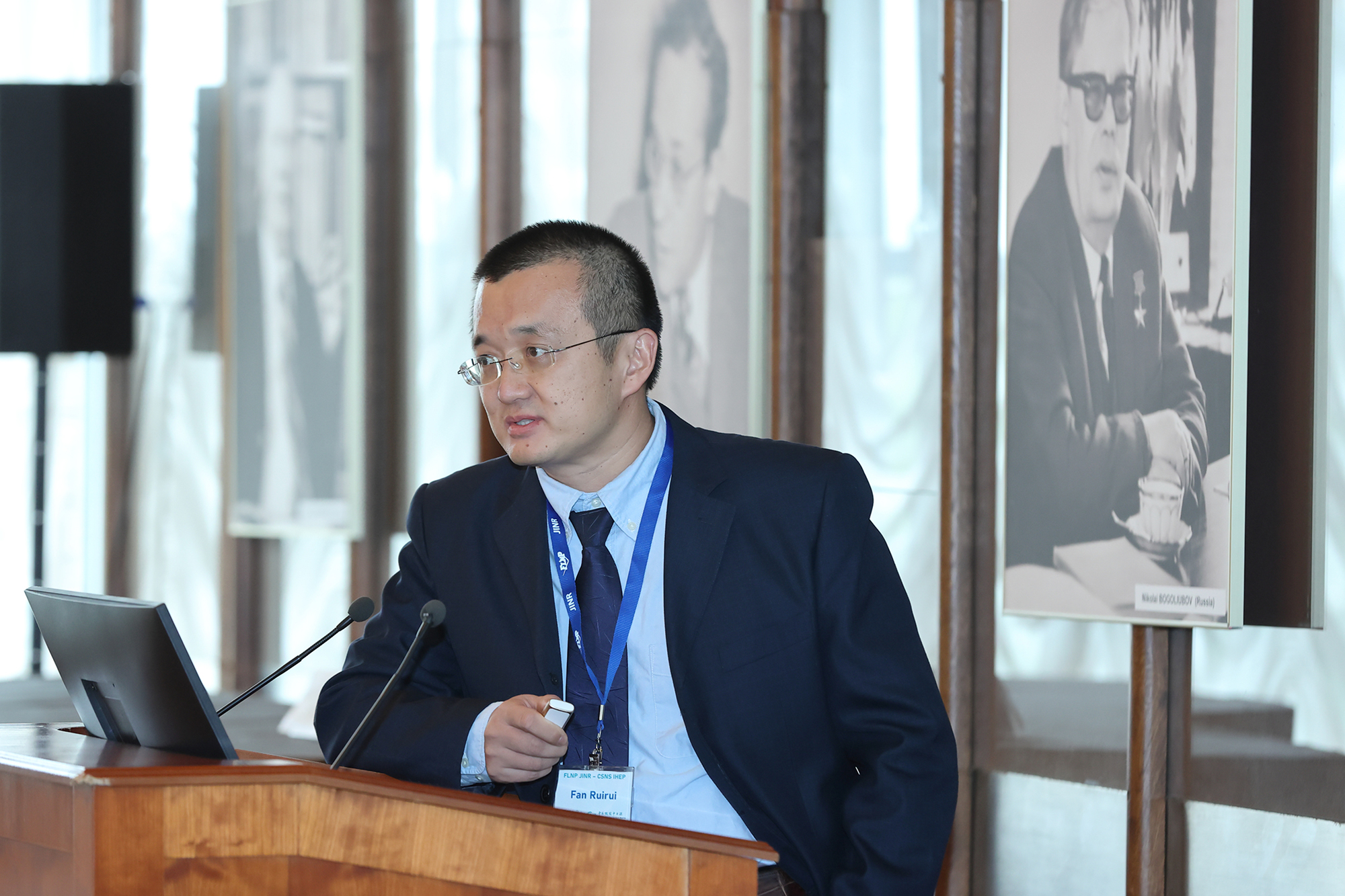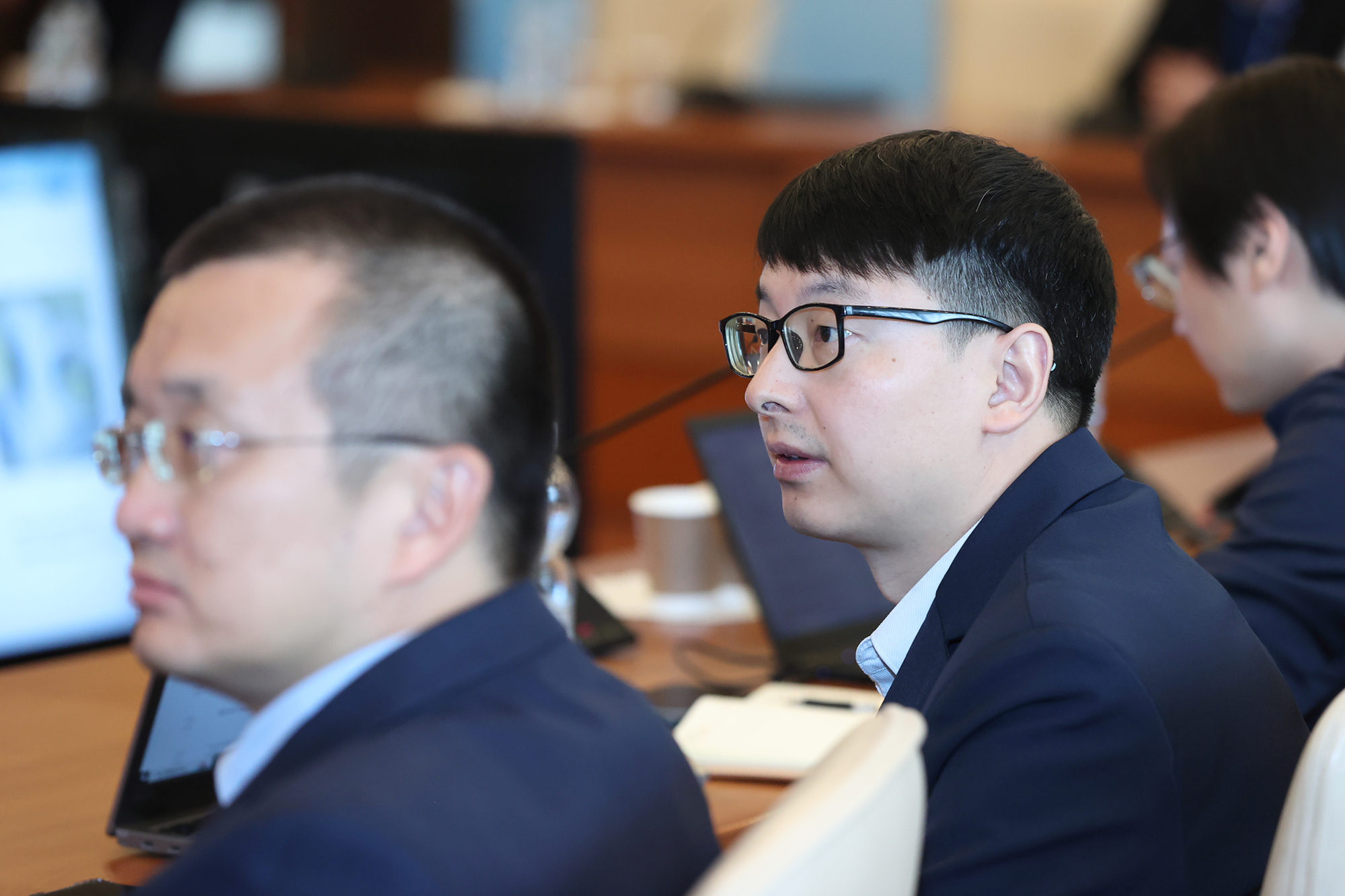First JINR-China workshop on neutron scattering technology finishes in Dubna
News, 15 May 2024
On 13–15 May, the JINR International Conference Centre hosted the first FLNP JINR–CSNS (China Spallation Neutron Source, Dongguan, China) workshop on neutron scattering technology and multidisciplinary research. At the in-person event, participants discussed reports on research activity carried out in the organizations. The workshop’s programme also included excursions to the Institute’s laboratories and the signing of the FLNP JINR–CSNS Memorandum of Understanding.
Vice-Director of the Joint Institute Latchesar Kostov delivered an opening speech on the first day of the meeting. “Scientific cooperation between JINR, the Chinese Academy of Sciences, and Chinese Universities is of strategic importance and has been actively developing since the signing of the Protocol more than a year ago. One of the important aspects of this interaction will be the joint work of scientists of the Laboratory of Neutron Physics at JINR and CSNS,” Latchesar Kostov noted. He also expressed hope that the FLNP-CSNS workshop would take place regularly and wished the participants fruitful work.
CSNS Deputy Director Liang Tianjiao also addressed the audience with a opening speech. He highlighted that research at the IBR-2 FLNP JINR Pulsed Reactor and other facilities of the laboratory and the CSNS Neutron Source have many common promising areas in various fields. “I hope that the cooperation between FLNP and CSNS will contribute to the development of research in neutron scattering both in China and JINR,” Liang Tianjiao added.
According to Director of the Laboratory of Neutron Physics at JINR Egor Lychagin, the purpose of the meeting was to identify specific projects and tasks for their implementation as part of cooperation with specialists from the Chinese Spallation Neutron Source. CSNS was launched in 2018 and has been actively working for the past six years. The neutron scattering measurement methods and the equipment used at IBR-2 at FLNP and the Chinese source are similar in many ways. “Our Chinese colleagues are interested in this cooperation because we have a very long, 40-year history of the IBR-2 operation. They have just started, but science in China is developing very fast today. i hope that we can also learn something useful from the experience of our Chinese colleagues,” FLNP JINR Director Egor Lychagin said. Among the possible areas of cooperation, the development of detectors, the creation of neutron optics and neutron polarisers, as well as the development of electronics were mentioned.
The main programme of the event featured reports by specialists from JINR and CSNS on the following topics:
- nuclear physics and nuclear data;
- small-angle neutron scattering;
- Fourier and real time diffractometry;
- reflectometry;
- inelastic neutron scattering spectrometers;
- development and application of helium and scintillation neutron detectors;
- software for data analysis on pulsed neutron sources, etc.
As part of the second day of the meeting, the participants visited the IBR-2 Reactor at the Laboratory of Neutron Physics, the NICA Accelerator Complex at the Laboratory of High Energy Physics, and the Superheavy Element Factory at the Laboratory of Nuclear Reactions.
A general discussion and the signing of an FLNP-CSNS Memorandum of Understanding concluded the event programme on 15 May. The document focuses on joint development and research in neutron technology, as well as neutron nuclear physics at pulsed neutron sources in China and Dubna. In particular, the parties agreed to develop detector technologies and detector electronics with systems of data collection, accumulation, and analysis, cold neutron moderators, and other areas. It is planned that FLNP scientists will join the CSNS expert working groups on the creation of neutron scattering instruments at the source. In their turn, CSNS researchers will join expert groups on the selection of applications for experiments at the IBR-2 Reactor.









